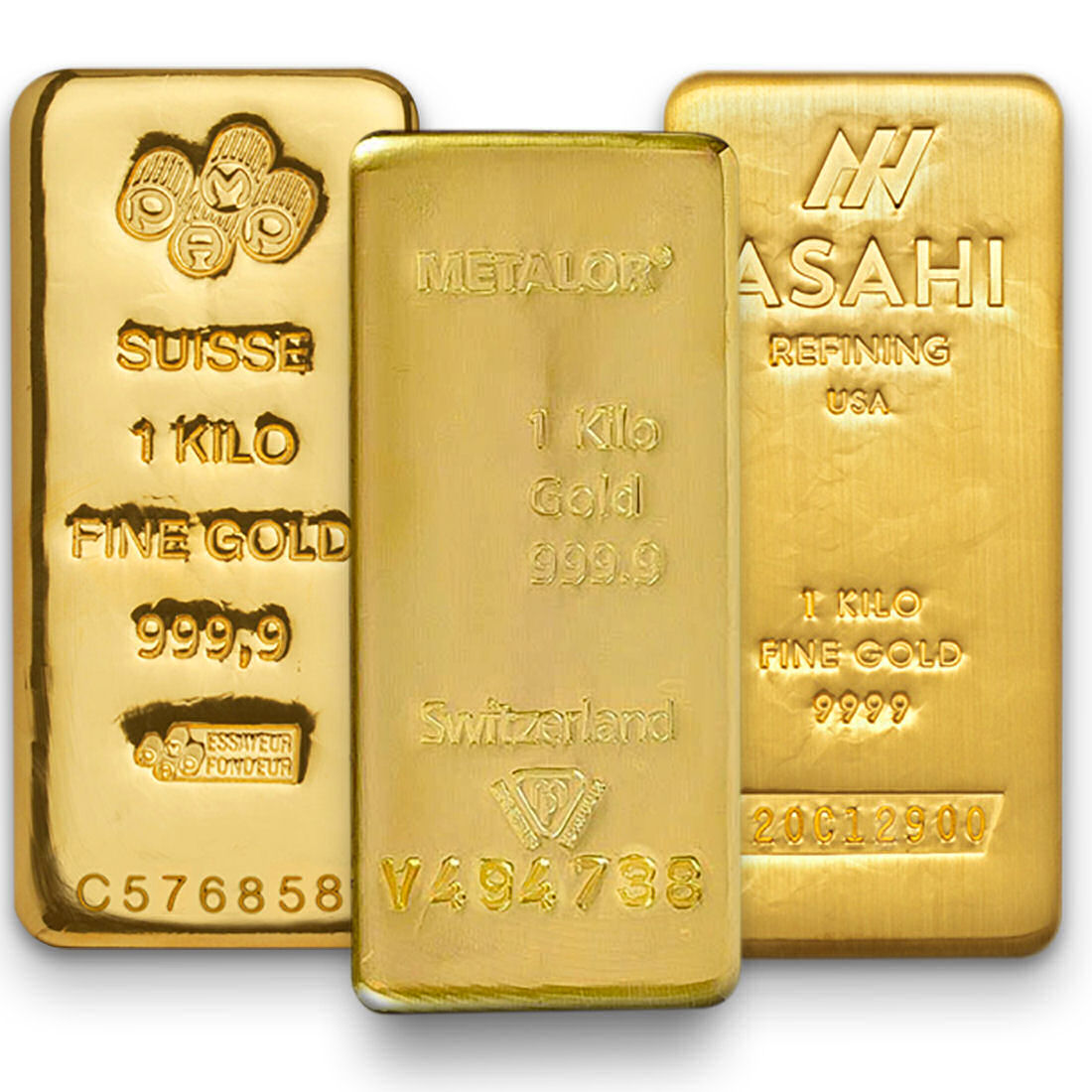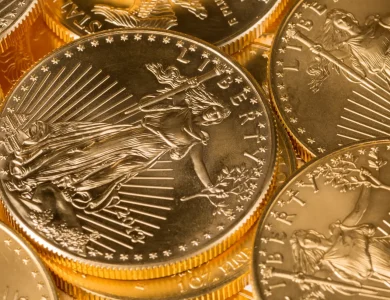
Understanding The Value Of A Troy Ounce In Gold
In the world of precious metals trading, the troy ounce holds significant value. Whether you are an investor, collector, or simply curious about gold, understanding the importance of a troy ounce is crucial. To equip you with knowledge on gold value and precious metals trading, let’s delve into the concept of the troy ounce.
A troy ounce is a specialized unit of measure used for weighing precious metals like gold, platinum, and silver. It differs from a standard ounce and is equivalent to approximately 31.1 grams. The troy ounce is the standard unit of measurement in the precious metals market, ensuring accurate weight and purity standards for trading.
When discussing gold value, it is crucial to comprehend the weight and measurement of a troy ounce. By doing so, you can make informed decisions and navigate the intricate world of precious metals with confidence.
Continue reading to learn more about the troy ounce, its significance, and how it impacts investments in precious metals.
What Is A Troy Ounce?
A troy ounce is a metric used in weighing precious metals, such as gold, platinum, and silver. It originated in Troyes, France, and is equal to 31.1034768 grams.
It is important to note that a standard ounce, also known as an avordupois ounce, is slightly less than a troy ounce, weighing around 28.35 grams.
The troy ounce is the standard unit of measurement in the precious metals market to ensure purity standards. It is commonly abbreviated as “t oz” or “oz t”.
Purity Standards And Measuring Precious Metals
When it comes to measuring the purity of precious metals, such as gold, platinum, and silver, the troy ounce is the preferred unit of measure. Precious metals are often traded based on their purity, which is expressed as a percentage. For example, a gold bar that weighs one troy ounce and has a purity of 99.9% means that 99.9% of the bar is made up of pure gold.
By using the troy ounce as the standard unit of measurement, it ensures consistency and accuracy in assessing the value and purity of precious metals in the market. This is crucial for buyers and sellers to determine the quality and price of these valuable commodities.
- Measuring precious metals
- Ensuring purity standards
- Consistency in assessing value
Understanding The Troy Ounce
The troy ounce is the only measure of the troy weight system still used today. It plays a vital role in pricing metals, such as gold, platinum, and silver. When prices of these metals are listed per-ounce, they are referring to the troy ounce.
Used for centuries, the troy weight system also found its place in the gemstone industry, although it has largely transitioned to the carat system. Nevertheless, the troy weight system holds a rich history dating back to the Middle Ages and possibly even to Roman times. It was developed to standardize monetary weight systems for merchants in business hubs like Troyes, France.
Understanding the significance of the troy ounce is crucial when pricing metals and delving into the world of gemstones. Its historical legacy and continued relevance in the precious metals market make it an indispensable measure in the world of trading and investment.

Troy Ounce Vs. Ounce
When it comes to weighing gold, understanding the difference between a troy ounce and a standard ounce is crucial. A troy ounce is approximately 10% heavier than a standard ounce, with a gram equivalent of 31.1 compared to 28.349 grams. This weight difference can have a significant impact on the actual amount of gold being transacted.
It is important to note that when the price of gold is quoted per-ounce, it is referring to the troy ounce. This is the standard unit of measurement in the precious metals market, ensuring consistency and accuracy in pricing. Buyers and sellers need to be aware of this distinction to avoid any confusion or misrepresentation.
Furthermore, it’s worth mentioning that a troy pound, which consists of 12 troy ounces, is lighter than a standard pound, which consists of 14.6 troy ounces. This subtle difference illustrates the unique weight system employed in the precious metals industry.
Why The Distinction Matters
Understanding the difference between a troy ounce and a standard ounce is especially important when dealing with gold investments. The price of gold is typically quoted per-troy ounce, so investors need to be aware of this measurement when evaluating the cost or value of their holdings.
For example, let’s say the current gold price is $1,500 per ounce. If an investor assumes that it refers to a standard ounce and purchases 10 ounces, they would expect to receive 10 standard ounces of gold. However, in reality, they would only receive 9.09 troy ounces of gold, resulting in a lower value than expected.
By understanding this distinction, investors can accurately assess the weight, cost, and value of their gold holdings. It ensures transparency in transactions and avoids any confusion or discrepancy in the actual amount of gold being exchanged.
As seen in the image above, the comparison between a troy ounce and a standard ounce visually represents the weight difference and highlights the significance of using the correct unit of measurement in gold transactions.
Now that we have clarified the difference between a troy ounce and a standard ounce, let’s explore various investment opportunities in precious metals, taking into account the importance of understanding the weight measurements in the next section.
Investing In Precious Metals
Investing in precious metals, such as gold, silver, platinum, and palladium, can provide a tangible and valuable asset in your investment portfolio. Precious metals have long been considered a safe haven for investors during times of economic uncertainty and inflation. Here are some methods to consider when investing in precious metals.
Commodity Exchange-Traded Funds (ETFs) And Mutual Funds
One popular method of investing in precious metals is through commodity exchange-traded funds (ETFs) or mutual funds. These financial instruments allow investors to gain exposure to precious metals without physically owning the metals themselves. By buying shares of an ETF or mutual fund that tracks the performance of precious metals, investors can benefit from price movements in the market.
Stocks In The Metals And Mining Sector
Another option is to invest in common stock shares of companies operating in the metals and mining sector. By purchasing shares of these companies, you can gain direct exposure to the industry. When choosing stocks, it is essential to research the company’s financial stability, management team, and potential for growth.
Futures And Options Markets
Futures and options markets provide opportunities for trading precious metals. However, these markets are typically dominated by professional traders and institutional investors due to their complex nature and high risk. If you have a good understanding of these markets and are willing to take on the associated risks, futures and options can offer potential investment opportunities in precious metals.
Gold Certificates
Gold certificates are another way to invest in precious metals. These certificates are issued by banks and investment companies and represent ownership of a specified amount of gold. Gold certificates allow for easy transfer and storage of gold, providing a portable equivalent to physical gold.
Investing in precious metals can be a valuable addition to your investment strategy. Whether you choose to invest in ETFs, stocks, futures, options, or gold certificates, it is essential to conduct thorough research and understand the risks involved. Precious metals have proven to be a reliable store of value over time, offering potential benefits in diversifying and protecting your investment portfolio.

Troy Ounce Conversion
Converting troy ounces to other common weights can be done using a conversion table. Below is a handy conversion table that shows the equivalents of one troy ounce in various measurements:
Troy Ounce Conversion Table
- 1 troy ounce = 1.097 standard ounces
- 1 troy ounce = 31.103 grams
- 1 troy ounce = 0.0685 pounds
- 1 troy ounce = 0.0311 kilograms
- 1 troy ounce = 480 grains
- 1 troy ounce = 20 pennyweight
- 1 troy ounce = 155.517 carats
This conversion table provides a clear understanding of the weight of troy ounces in different units of measurement. It is a valuable tool for those involved in the trading or investment of precious metals and gemstones. By utilizing this table, individuals can easily convert troy ounces into grams, pounds, kilograms, grains, pennyweight, and carats, making accurate calculations for their specific needs.
For a visual representation of the troy ounce conversion table, refer to the image below:
This image showcases the conversion values of one troy ounce to various common weights, providing a visual aid for quick and easy reference.
Conclusion
Understanding the value of a troy ounce is paramount for savvy investors looking to capitalize on the potential of gold and other precious metals. As the standard unit of measure in the precious metals market, the troy ounce ensures that purity standards are met, providing confidence in the integrity of investments.
Investors have a multitude of options when it comes to investing in precious metals. Exchange-traded funds (ETFs) and mutual funds offer an indirect way to invest, allowing individuals to gain exposure to the price movements of gold, silver, platinum, and palladium. Alternatively, investing in common stock shares of companies in the metals and mining sector provides a direct stake in the industry, potentially offering greater returns.
While futures and options markets provide opportunities for trading precious metals, they are generally dominated by professional traders and institutional investors. For those seeking a tangible investment, gold certificates offer a portable equivalent to physical gold, providing flexibility and peace of mind. By understanding the conversion rates and differences between troy ounces and standard ounces, investors can navigate the complexities of the precious metals market with confidence and make informed investment decisions.
FAQ
What Is A Troy Ounce?
A troy ounce is a unit of measure used for weighing precious metals, such as gold, platinum, and silver. It is equivalent to 31.1034768 grams and is the standard unit of measurement in the precious metals market.
How Does A Troy Ounce Differ From A Standard Ounce?
A troy ounce is approximately 10% heavier than a standard ounce, with a gram equivalent of 31.1 compared to 28.349 grams. It is important to understand this distinction when buying or selling gold, as the weight difference can impact the actual amount of gold being transacted.
How Can I Invest In Precious Metals?
There are several ways to invest in precious metals, including through commodity exchange-traded funds (ETFs) or mutual funds, purchasing shares of companies in the metals and mining sector, trading futures and options, and buying gold certificates from banks and investment companies.
How Do I Convert Troy Ounces To Other Common Weights?
One troy ounce is equivalent to 1.097 standard ounces, 31.103 grams, 0.0685 pounds, 0.0311 kilograms, 480 grains, 20 pennyweight, and 155.517 carats. You can use a conversion table to understand the weight of troy ounces in different units of measurement.
Why Is Understanding The Value Of A Troy Ounce Important For Investing In Gold?
Understanding the value of a troy ounce is essential for making informed investments in gold and other precious metals. The troy ounce serves as the standard unit of measure in the precious metals market and is crucial for ensuring purity standards.



